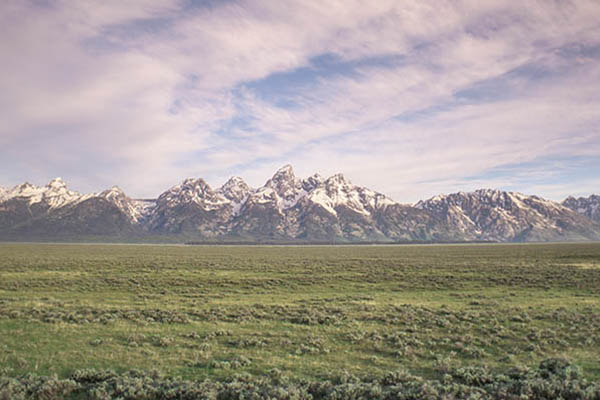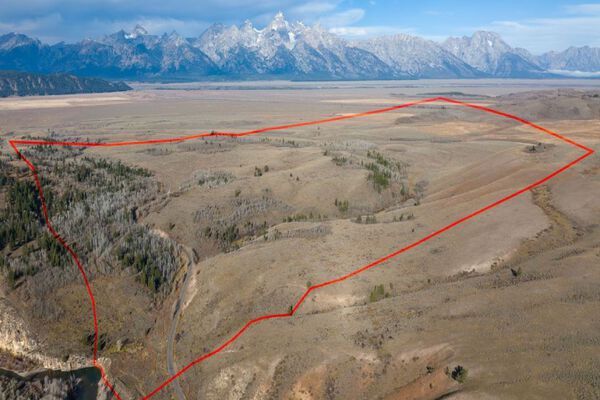String Lake has become one of the most popular places for visitors to explore Grand Teton National Park. The Foundation helped the park launch a volunteer program to help minimize impact and protect natural resources in the area. A member of the Foundation’s resource council, Lynne Davis, is part of the team and shares her experience as a Laker.
A typical day begins with radio check-in and an initial trash patrol of the area. The job gets more intense as visitors pile in around 10 am and the questions start coming—can I see a bear? If I go for a hike will a bear attack me? Do I really need bear spray? Interacting with visitors is enjoyable and the majority of people are interested in what we do, how they could volunteer, and offer thanks for keeping the park clean—much of our day is really fun.

My husband Van and I joined the String Lake volunteer program (aka Lakers) and completed our second summer last September. The Lakers started three years ago after bear food rewards at String Lake ended badly for three black bears that had become acclimated to human food. Our initial function was to educate picnickers and other visitors about the danger of mixing human food and bears. We advise visitors to stay close to their picnics and if they leave their belongings, to store all of these items in one of a dozen bear boxes in the picnic area. If we find unattended food, we move it to a bear box and leave a polite note advising the owner where they will find their food and/or other items.
As of last summer, there are twenty-seven volunteers including active and retired lawyers, doctors, academics, and entrepreneurs who serve one or two days a week, covering six hour shifts. On a typical day, five or six volunteers are on duty. We all go through Grand Teton’s orientation and a one or two day Laker training course. We also look official, with park volunteer uniforms and radios.
We get questions on a variety of topics—trail conditions, route descriptions, how to get to certain areas, fishing access, geology, wildflowers, and where to find wildlife. Most questions are simple—is the white stuff on top of the mountains sand? But some are hard—did I just see a three-toed woodpecker?

We also hand out maps, point timid hikers to the Leigh Lake shoreline with its stunning views of Mount Moran, share bug spray, try to convince people to carry bear spray, and describe how to get to Paintbrush and Cascade canyons.
We have daily reports to file at park headquarters noting the number of visitors we encountered, any issues that came up during the day, etc. Occasionally there are additional reports that we have to file, including any bear sightings—almost every bear is identified as a grizzly by visitors, particularly if the bear isn’t black. Everyone wants to see a bear, they are usually far away and not troublesome. Although one came through the picnic area this summer, causing an orderly evacuation to the parking lots and a bit of hasty food storage—but our visiting bear left unfed. Fortunately, serious incidents are rare.
Being a Laker is rewarding and makes us feel as if we are really doing something for the greater good. Our true cause is to enhance the visitor
experience and make String Lake and its surrounding trails a safer and better place to recreate. There are many different ideas about the future of String Lake, including how can we better protect the environment while still providing visitors a fun, vibrant, family friendly piece of nature at its best.
We want to extend a big THANK YOU to Lynne and her colleagues—since the program was launched three years ago, there have been zero bear food rewards reported in the area.

Are you or someone you know interested in becoming a volunteer? Click the button below to apply today!









